Bulbous irises: planting, care and reproduction
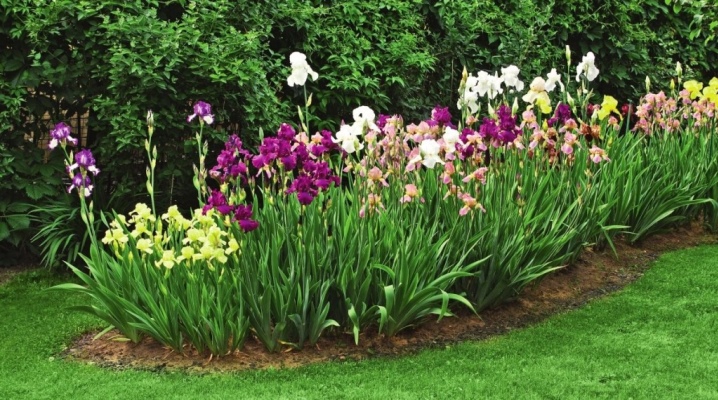
Irises of the bulbous type bloom quite early and in spring they are ready to diversify the floral landscape in the flower beds. Refined and graceful flowers can diversify the landscape of any site, add rich colors to it.
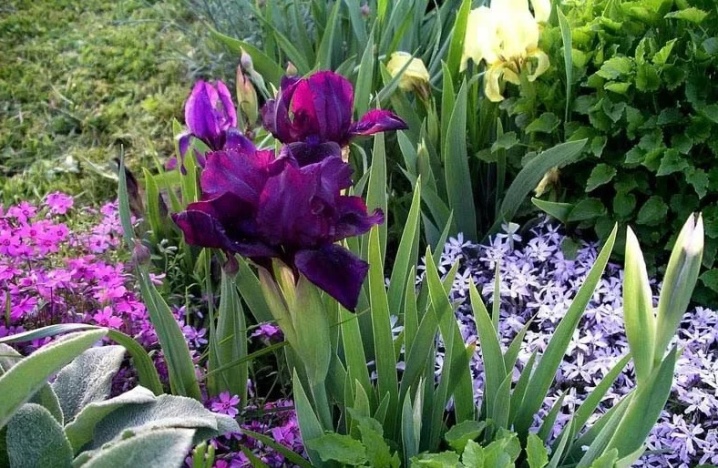
Irises are a fairly large group of perennials, there are many varieties and varieties of them. They differ in height - from the smallest to giants, in the shape, size and structure of the flower. Their color range is also extremely diverse.
The main part of the group of these plants are own-rooted, but there are also several representatives of the bulbous species among them.

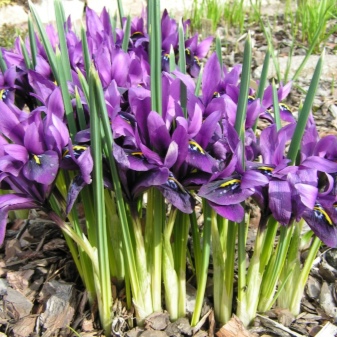
Description
Bulbous irises look pretty impressive, like all representatives of this group of plants. There are a lot of varieties and varieties of them, they grow in areas throughout the country. Flowers have an original color and exquisite shape. The structure of all irises has similar characteristics:
3 petals from the outside are bent to the sides;
3 petals on the inside are directed upward;
stem height depends on the variety;
leaves are long, grow upwards and cover almost the entire length of the stem;
the root replaces the bulb, slightly elongated in shape;
the bulb is surrounded by rudimentary leaves;
the color scheme of flowers is varied and depends on the varietal accessory: there are snow-white, yellow, blue, blue, violet, lilac and other irises;
all shades can be presented in different intensities and different combinations.
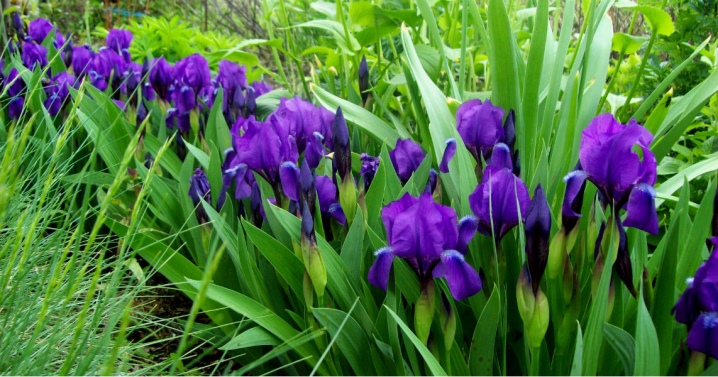
Varieties
Irises are extremely diverse, but bulbous are classified into three separate genera.
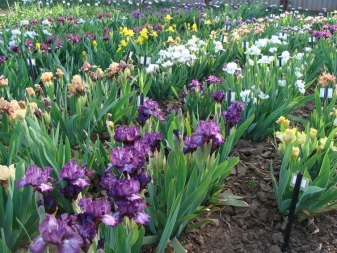
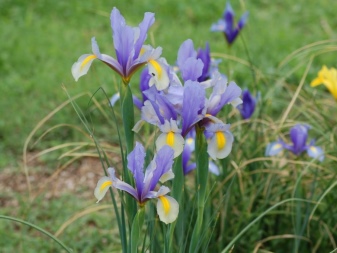
Iridodictium
The genus got its name from a combination of the Greek words "rainbow" and "mesh", which describe the beauty and complex color of the flower with a mesh layer on top. Within this genus, there are 11 varietal irises, in their natural environment they grow in mountainous areas. These are the Western Urals, Central Asia, the Caucasus, the Balkans. In central Russia, they grow very well, thanks to mountain hardening, they are considered quite unpretentious and viable.
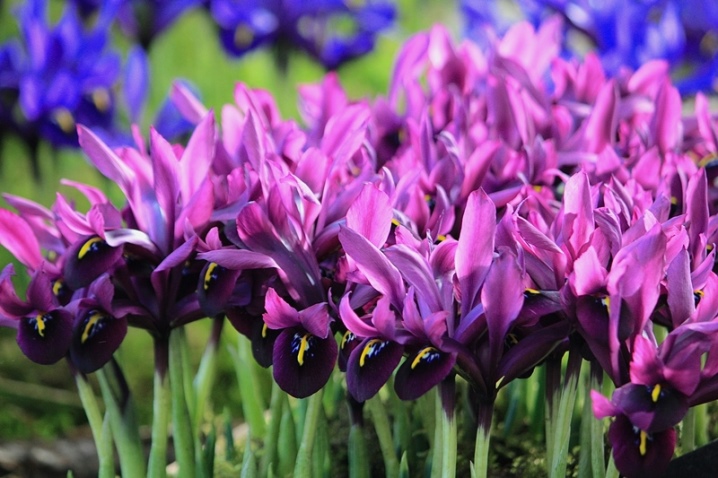
Flowers of this genus are undersized, the average height of the flower is about 15 cm. The foliage of these small plants is narrow and dense, has a rigid structure and appears simultaneously with the ovary of the buds. There is usually only one flower per plant. The size of the inflorescence is from 5 to 7 cm. Iridodictium is a very spectacular and beautiful, almost exotic type of flowers. The color of all its varieties is very non-trivial, they have a pronounced aroma. These irises bloom in mid-spring for several weeks. Their growth time with proper care in one place is up to 5 years.
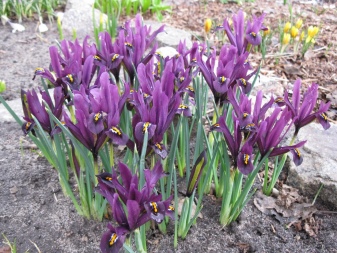

Juno
There are slightly more varieties of this genus - about 40. In natural conditions, Juno irises are found in the Mediterranean, Africa, Asia, and the Caucasus. HThis beautiful flower was named in honor of the goddess Juno, who was considered the patroness of the female by the Romans. The height of representatives of this genus can be different and ranges from 10 cm to half a meter. The foliage is multi-row, borders the trunk of the plant, at the top of which a bud is formed from the foliage. The number of inflorescences can be different, up to 10 flowers grow on a maximum of one stem.

The color scheme is most often represented by different shades of lilac, purple, yellow and snow-white. Some varieties smell very good. The flowering time does not last more than 21 days.Growth time in one place - up to 5 years with proper care.
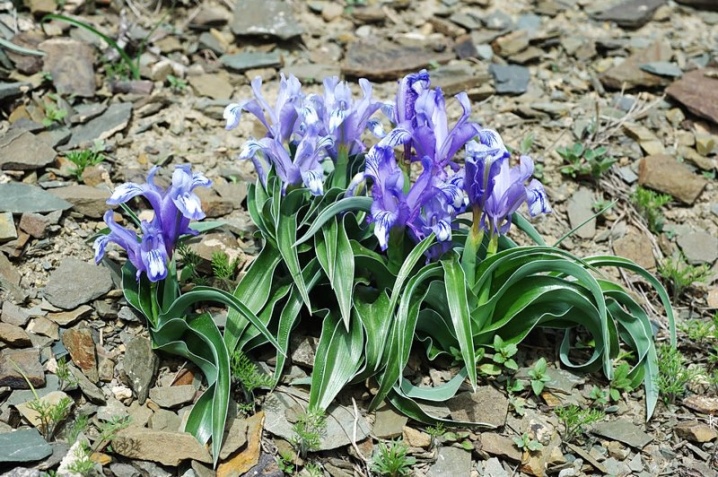
Xyphyum
This is the smallest genus of all irises, it includes only 6 varieties. Most often, representatives of this group can be found on the Mediterranean coast, in its northern and western parts. The middle strip of the country is not comfortable for this group, so the bulbs must be dug out for the winter. The genus owes its name to the xiphoid shape of the leaves. They are narrowish, oblong, extended upward.
Flowers in comparison with other irises are rustic, laconic in shape, but rather large - up to 10 cm in circumference. The height of xyphyums varies from 30 to 80 cm, depending on the variety. Their colors are most often monochrome or two-tone: snow-white, blue, yellow, purple.
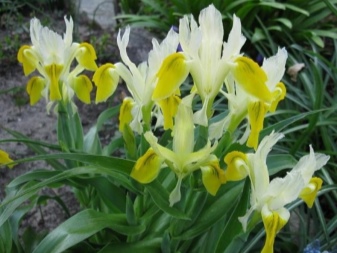

Among the xyphyums, the following varieties are most popular:
"Professor Blaau" - a hybrid representative, blooms for a long time, the petals are very large, the flower is about 11 cm in circumference;
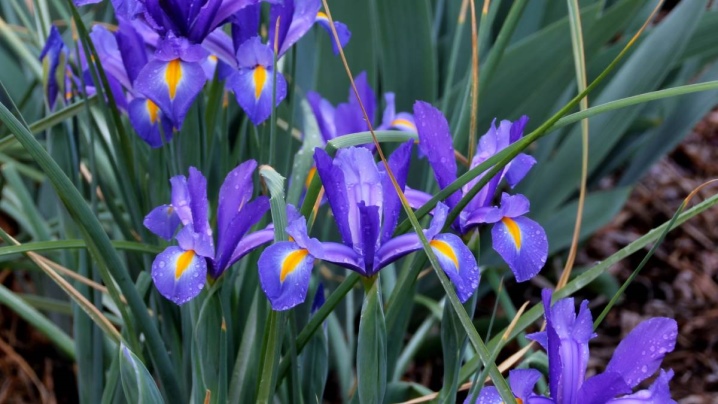
"Mystic Beauty" - this variety blooms in early summer, the shoot reaches 55 cm in height, 2 flowers grow on each stem, the petals are wide, the flower circumference is up to 6 cm;

- "Symphony" - Dutch iris, very common in our country, blooms in spring, grows up to half a meter, flowers with wide petals, after flowering wither and dry very quickly.
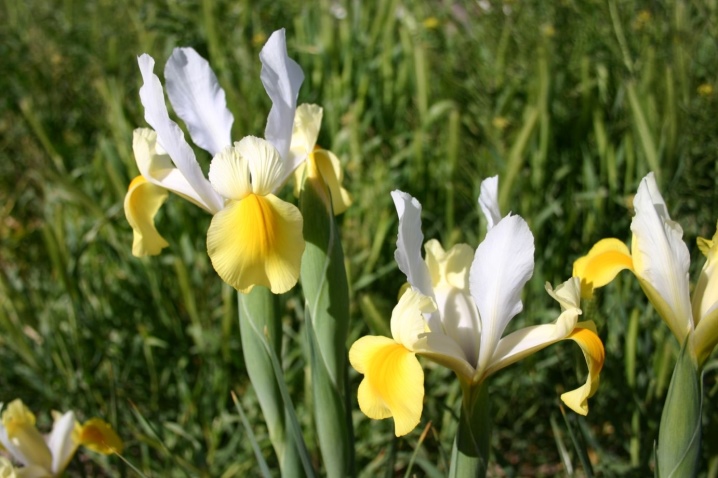
How to plant?
Planting bulbous irises in open ground has its own characteristics that must be studied and taken into account. Spring and autumn are the times when you can plant these flowers. Site preparation is a very important event. First of all, you need to find a place that gets enough direct sunlight... Better if there is no draft and groundwater. If the water is close, you should raise the flower bed.
The soil for irises is fertile, moisture and air permeable, light, the acidity level of which is low.
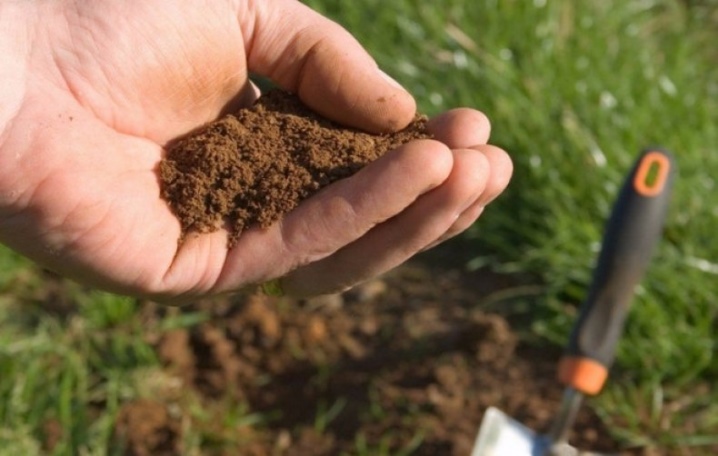
Gardeners recommend observing the following rules when planting irises:
the planting site should be dug up and fertilized with organic matter (fresh manure is not suitable), then indentations of the same depth should be made - about 10-11 cm;
sand is introduced at the bottom of each hole;
the bulb is located approximately at a 5-centimeter depth, it is also sprinkled with sand on top;
it is necessary to leave a distance between plants within 7-10 cm;
the layout of the holes is accompanied by a neat and light indentation;
then soil is poured on top and watering is carried out;
it is better to mulch plants after planting using compost or peat;
if sprouted onions are planted, you can form a trench instead of holes (up to 18 cm deep), then it will be possible to arrange future irises without the risk of damaging the roots.
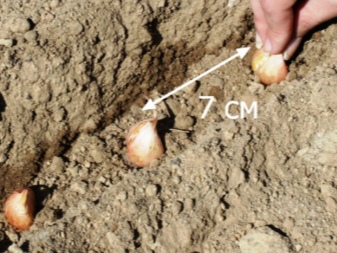
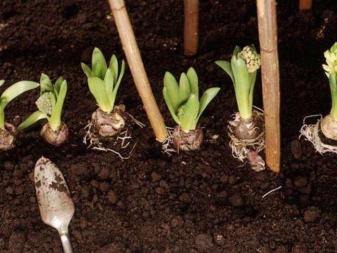
Regular flower care should be taken immediately after planting. Although they are not whimsical, they require some care. Immediately after planting, you need to check the moisture level of the soil. If the weather is not dry and there is dew in the morning, you should refrain from watering. In the event that you planted irises next to other plants that need moisture, cover the planting site with foil. In order for the irises to grow and develop healthy and bloom magnificently, you need to take care of them in spring, summer and autumn.
How to care?
Caring for irises is not too difficult and even a novice gardener can do it. However, in order to grow beautiful flowers, you need to regularly carry out a number of activities.
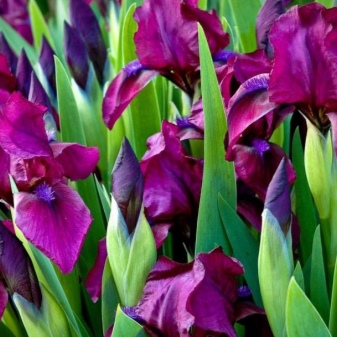
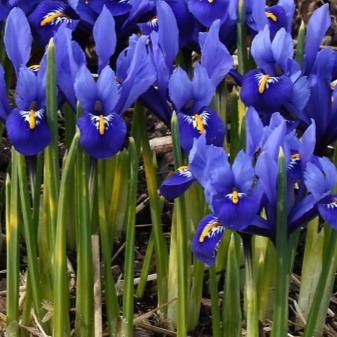
Moisturizing
Watering the bulbous group of irises needs moderate watering, they should not be flooded with water. They increase the amount of moisture only during periods of drought, heat, and also when the buds are just forming. When the irises stop blooming, they are not watered. After each moistening, it is necessary to loosen the soil so that a crust does not form on top. If this is not done, the root system of the culture will suffer from a lack of nutrients and air.

Feeding
The cultivation of irises necessarily includes periodic fertilization. During the season, feeding is carried out several times:
as soon as the snow melts, you need to fertilize the soil for the first time with nitrogen fertilizers with phosphorus and potassium;
a week before flowering, mineral fertilizing is also carried out, and when the buds have already set, irises are fertilized with potassium and phosphorus with the addition of nitrogen;
at the end of flowering, fertilize the soil only with a phosphorus-potassium mixture.
Finish feeding at the beginning of autumn. It is very important to provide flowers with a large amount of phosphorus and potassium, since these are the elements that contribute to the budding of irises.
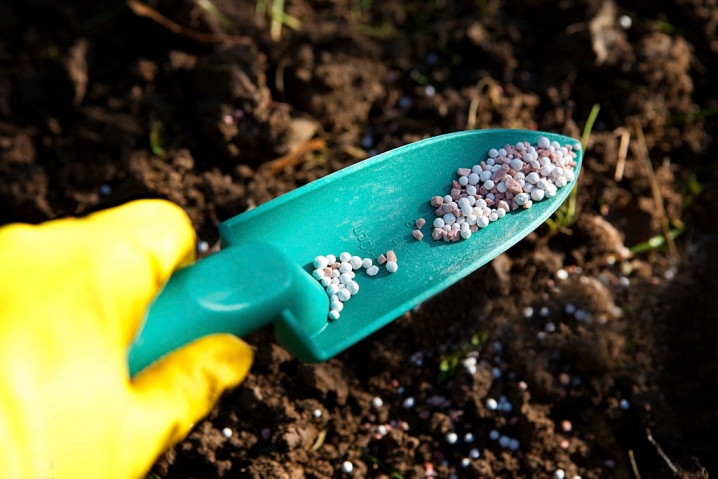
Pruning
As soon as the flower begins to dry, it is cut as accurately as possible. Unopened buds must not be damaged. When the flowering period is far behind, that is, in the fall, foliage is trimmed. If you do not remove dried inflorescences and leaves, they can lead to various kinds of infectious diseases. In addition, they take some of the beneficial nutrients from the healthy part of the plant. Pruning foliage is done in a semicircle so that moisture does not remain on the foliage. The length of the stem should be kept about 14 cm from the ground. The tops are burned.
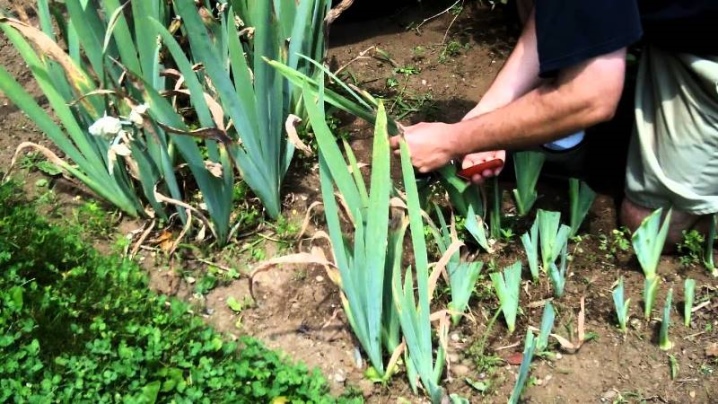
In spring, the shelter from the plants can be removed without waiting for the ground to thaw completely, immediately after the snow melts.
Storing the bulbs
The question of how to store the bulbs and whether they need to be dug up for the winter is very important. The answer to it depends primarily on the regional factor. In the southern regions, irises remain in the ground, in regions with a large amount of snowfall in winter and with not too low temperatures, it is enough to mulch the soil near the plant and cover it with coniferous branches. If the winter has little snow, too cold, it is necessary to dig up the bulbs, since the risk of freezing them is too great.

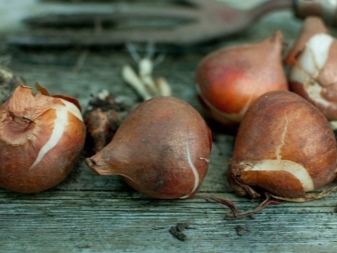
Algorithm of actions:
digging is carried out a month after the flowering has ended;
the bulbs are cleaned of soil, washed under the tap;
after that, it is necessary to dry the onions, for this, for a month it is necessary that they lie in a warm room, where at least +25, but not more than +35 degrees;
air humidity in this case should vary from 60 to 80%;
the last week of drying takes place when the temperature drops to +17 degrees;
the dried onions are laid out in a vessel, sand, sawdust, peat are introduced there and stored in the dark and cool;
choose a vessel with ventilation holes.
In the spring, you need to wait until the average daily air temperature reaches at least +11 degrees, after which you can start disembarking. The bulbs are preliminarily prepared for planting, that is, they are disinfected. To do this, they are dipped in a solution of potassium permanganate or special preparations for 20-25 minutes. After that, the bulbs should be dried very well.

Reproduction methods
Bulbous irises form new nests of onions after each season. This is how they reproduce. In the summer, the roots are dug up and divided into parts. Those that are larger are dried properly and stored until autumn in cool and dark. Smaller bulbs are planted directly into the soil. The period of active reproduction falls on the first 2-3 growing seasons. Young onions will bloom in about 2 or 3 years.
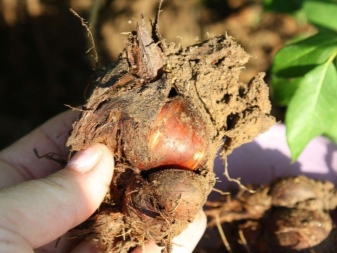
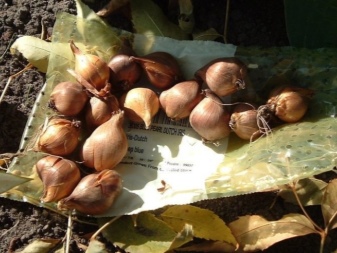
Diseases and pests
If the iris is healthy, then a lot of fresh and strong foliage is formed on it, if the plant is damaged, more than 5 leaves do not grow. Irises face the following dangers:
in the spring they can be damaged by a scoop butterfly, which can be fought by treating flowers with "Granosan";
"Karbofos" will save the plant from thrips;
if you notice damage to the foliage by drills, you should remove all damaged leaves and treat with any insecticide;
slugs are also dangerous, and to save flowers from them, you need to fertilize the soil with phosphates.
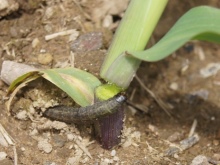
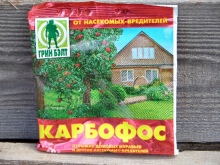
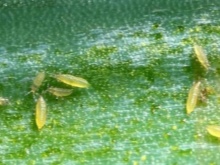
Among the diseases of this plant are often found:
rust;
fusarium;
heterosporiasis;
septoria.
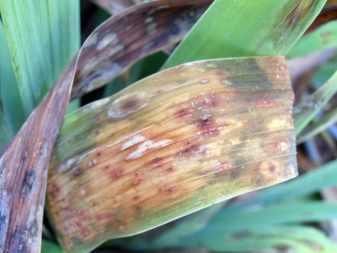
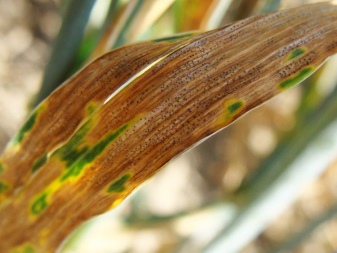
Diseased plants must be treated with one of the special agents according to the instructions:
"Quadris";
Fitosporin;
Fundazol.
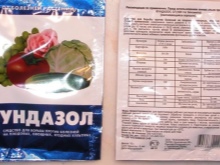


Preventive measures against pests are very important, which are carried out 2 times a month. When the plants reach 11 centimeters in height, the first treatment with "Karbofos" is carried out.
Other important preventive actions:
processing of bulbs before planting;
timely loosening, weeding;
high-quality watering and regular feeding.
Examples in landscape design
The combination of yellow irises with any blue flowers always looks very impressive.
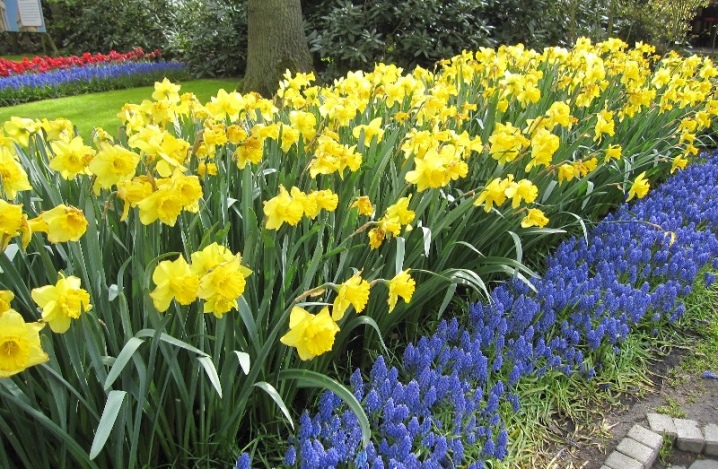
The combination of different varieties of irises in one flowerbed looks luxurious.

This plant looks great in a company with any flowers and shrubs.
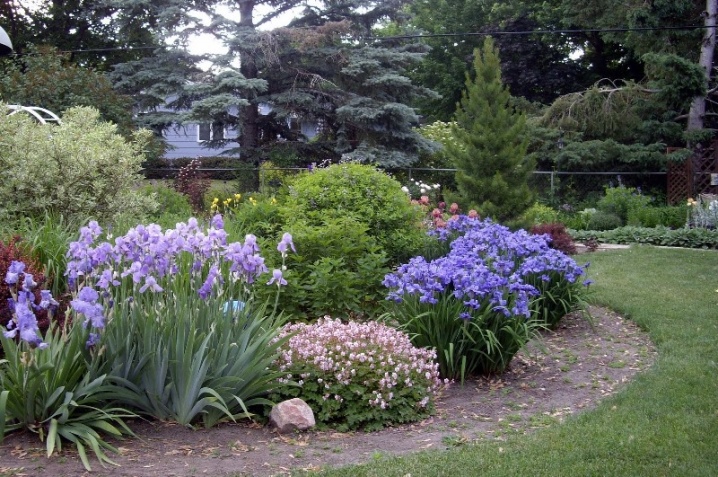
Irises are great not only for flower beds, but also for planting along paths.

Flowers fit organically into the composition, surrounding the tree trunks.

For information on how to properly plant bulbous iris, see the next video.







































































































The comment was sent successfully.